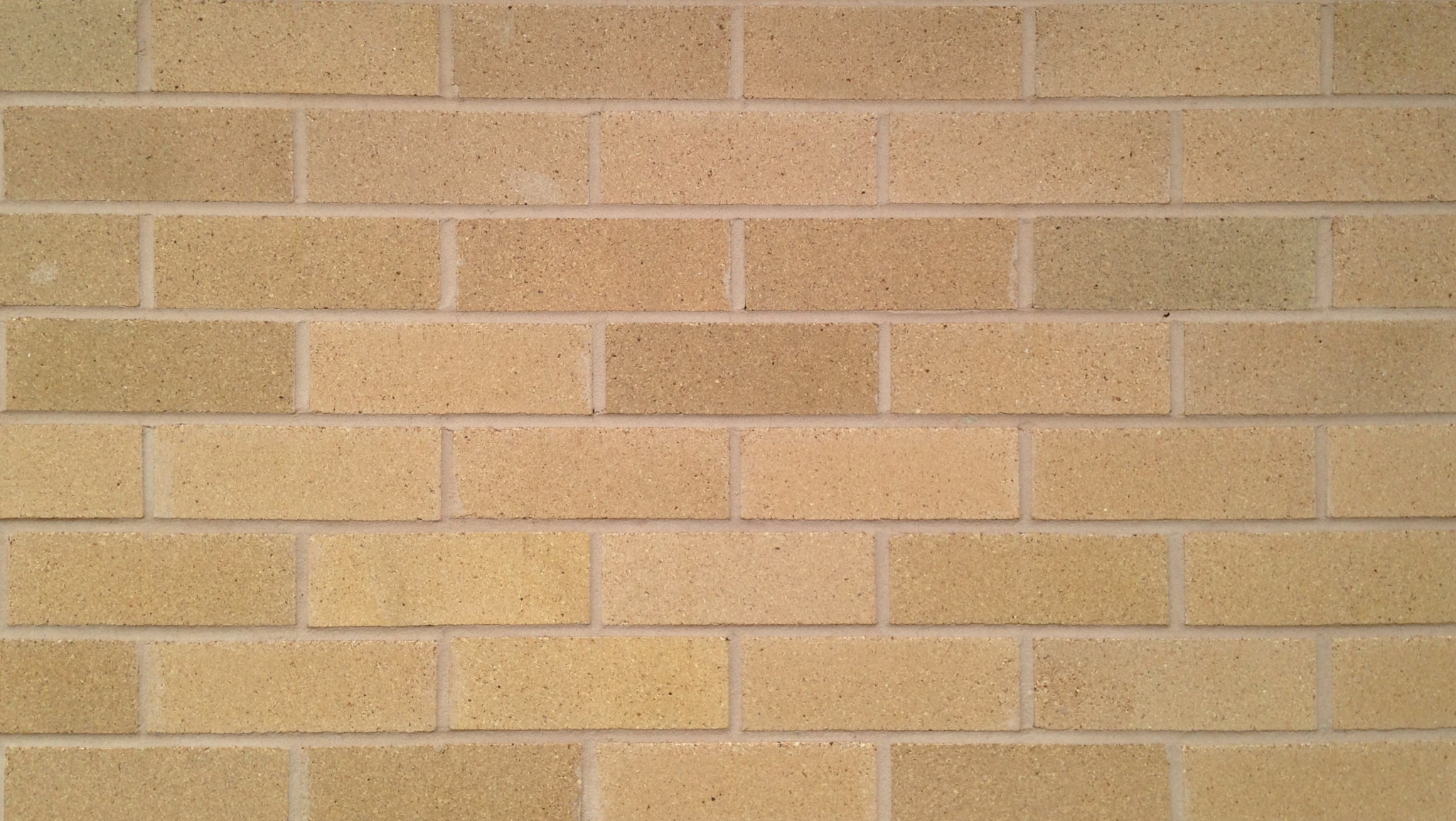Face Bricks >Namoi Valley Bricks > Sandstock RangeSandstock Range
The Sandstock Range is a beautiful, colonial-style brick with a rough, rustic appearance. It comes in a range of earthy colours and features a unique mottled texture that adds instant character to any building project. It looks best with traditional white or off-white mortar, which allows the colours of the Sandstock to truly shine through.
Central West Sandstock
Federation Red Tumble
Hunter Valley Sandstock
Ironstone Red Sandstock
Namoi Valley Sandstock
New England Sandstock
Northwest Blend Sandstock
Specifications
The Namoi Valley Bricks Architectural range is available in the following sizes:
230mm Standard
230mm wide | 76mm high | 110mm deep
Solid Bricks Facts
-
Namoi Valley Bricks produce only solid bricks, which means you can save money on mortar, as you do not have to use excessive amounts of mortar to fill the void, as against many of those bricks now on the market that have holes in the centre of the bricks, which in essence, require more mortar. It may mean in reality, you are actually getting 35% more mass with a Namoi Valley Brick, compared to the bricks with holes (extruded).
Many engineers and architects believe that a solid brick is more structurally sound than extruded bricks. Solid bricks are also easier to drill into and fasten onto, as there are no holes to interfere with plugs, which are required when fastening objects to a brick wall. This is especially so if you render the bricks as you need to know that when you drill into a brick wall, you are not going to drill into a void.
If you want to finish your house with the same bricks for such things as sills, steps or a brick fence, the Namoi Valley solid bricks are the obvious choice, as there are no unsightly holes to spoil the finished project.
-
If you wish to finish your house with the same brick for such things as windowsills, steps or a brick fence, the Namoi Valley solid bricks are the obvious choice, as there are no unsightly holes to spoil the finished project. Solid bricks also make great pavers.
-
The secret that makes Namoi Valley's range of bricks and pavers so attractive is the use of fine shales and traditional kiln firing techniques, which bring out the rich earthy colours.
-
As with all systems, there are advantages and disadvantages. It is important, as an individual, to choose the type of brickwork and system that suits you.
ADVANTAGES:
Low maintenance; superior insulation properties; fire resistant; resistant to termites and other bugs; retards noise, greater resale value; unaffected by moisture, child proof, visually appealing; cost Less or on par with brick veneer; Less contractors required; no skirting boards required.
DISADVANTAGES: Heavier foundations are required; most builders are geared up for brickveneer; more planning and care needed for plumbing and electrical work.
-
It is very important to blend all your packs of bricks together. It is not uncommon to have variation of colour and tone from pack to pack and even within a pack, depending on how they are produced. Therefore, to ensure an even blend, it is critical that you blend all your bricks together. Consequently do not start your brickwork until all, or most of your bricks are on site. When the product is delivered on site, it is very important for the bricks to be "grouped" around the worksite for the brick contractors to obtain access to an even blend of product. This grouping practice will ensure easy access to the full range of colour within the product. Once the pallets are grouped together, the straps of each pallet should be cut to ensure the contractor can obtain bricks from each pallet. If this process is not performed the risk of colour variation or a banding effect is increased greatly.
-
Cleaning brickwork must be carried out as per industry and Australian Standards.
It is essential that when you clean your bricks, you do not use a strong acid mixture (Recommended water/acid mixture of between 12:l - 20:l) or use too much pressure. Pressure cleaners should not be set higher than 15 litres per minute and no greater than l000psi.
We urge you to choose a bricklayer who is prepared to at least clean down his brickwork at the end of each days work. Cleaning of brickwork should be carried out between 7 and 14 days after the bricks have been laid (even if the project has not been completed).
It has become a common practice in the brick and paving industry for contractors to perform a "sponging technique". This technique is performed after laying the product where the contractor will use a wet sponge to take away any excess mortar. This practice is done for two major reasons, to fill in any imperfection in the mortar joint and to take away the excess mortar making it easier for the contractor to obtain the preferred joint effect.
Namoi Valley Bricks recommends that the sponging technique should NOT be performed on any of the products. Clay products are very porous and therefore susceptible to staining. When wet mortar is in contact with the brick or paver, the mortar is absorbed into the product and if allowed to remain without cleaning for an extended period, will increase the risk of staining.
Light coloured bricks can be affected by vanadium stains (yellow to green stains). Vanadium stains should be treated before you acid down the bricks. Only then should you use a very weak acid mixture to clean down the brickwork. If you use a strong acid mixture, prior to treating the stain, the acid will turn the vanadium stain brown, which can be difficult to remove and appear very unsightly. For further information regarding brick staining you should refer to the Think Brick brochures on our brochures page.
-
Most clay bricks experience permanent moisture expansion after Leaving the kiln and is commonly called "brick growth". Cracks in the brickwork can result if proper building practices are not followed. Namoi Valley Bricks have a very Low brick growth, which makes them a very suitable brick for all applications.
-
The kind of mortar joints you utilise will have a definite affect on your brickwork. A flush joint, a raked joint and an ironed joint and variations on these joints, have their own characteristics. It is well to remember that some joints are not recommended with certain types of bricks. Example, a straight arris (brick edge) brick, particularly a dry press brick, which tends to have a very sharp arris, should not use a raked joint, as any imperfections are highlighted and because the arris is so sharp, the raking process can in fact damage the arris. The mortar joint that should be used for this type of brick is an ironed joint, as these types of mortar joints will cover many imperfections and actually protect the sharp arris for the Lifetime of the bricks.
-
Bricks when they are kilned fired, expand and shrink in the firing process. This expansion and contraction are influenced by many factors, such as variation in shale and clay deposits, temperature, variations in pack configurations and their position in the kiln.
Therefore variation in brick sizes is very common and quite natural, particularly if your bricks are a mixture of colour and tones. Thus it is recommended that you allow for this variation in brick sizes in your choice of bricks. Sandstocks and blends tend to have a greater variation than straight coloured bricks.
-
Most bricks produced by Namoi Valley Bricks are double sided face, which means far Less wastage, as most bricks on the market give you a one sided face brick only, which in essence means, that if you have a damaged brick on the one sided face brick, the bricklayer is obliged to throw that brick away, but if the brick has a double sided face, the bricklayer can then use the other side of the brick. This can often save you hundreds of dollars, depending on the wastage factor.
Full brick construction is now regarded by many as the way to build brick homes, with the Low maintenance, insulating properties and natural and attractive appearance, the Namoi Valley double sided face brick range of products could be the perfect choice for this type of construction.
-
Now that full brick construction is regarded by many as the way to build brick homes, with Low maintenance, insulating properties and natural, attractive appearance, Namoi Valley double sided face bricks are the perfect choice for this type of construction. With the selection of the right style of brick from our range, face brick work can be achieved on either side of a single parition wall. Please talk to our sales team for further information.
-
ALL face bricks are hand sorted to maintain the highest standard and to ensure minimum wastage.
-
Different mortar colour can dramatically change the appearance of a brick. Therefore it is critical to choose your mortar colour with care; as some mortar colours will highlight and contrast your bricks, while some mortars will tone down your brickwork.
-
It is well to appreciate that bricks are porous, that is, moisture can be absorbed into and out of the bricks. What that essentially means, is that salts, chemicals and grime can be dissolved in moisture and allowed to pass in and out of the bricks, creating such problems as scum and grime accumulating on the surface of the bricks.
To avoid cleaning bricks & pavers, which in some instances, can be a very difficult process, as some stains are very hard to remove, it is far better in trying to avoid moisture getting into the brickwork, by sealing the bricks, especially bricks exposed to weather, moss and discolouration is very much a possibility. Pavers can be a problem in moist areas, as pavers can often absorb moisture from underneath the pavers, collecting minerals and salts as they pass up through the surface of the pavers.
We have found brushing or spraying a sealing agent over new brick work (after it has been cleaned and dried), has been proven to be very successful, as it not only seals the bricks, but also maintains the "new" Look for many years. It is definitely worth doing, as it is relatively inexpensive and very easy to apply.
Downloads
Design Inspiration
Take inspiration from the gallery below, the possibilities are endless with this Namoi Valley Bricks range.

Let us help you calculate the amount of bricks required for your wall area
Use our calculator

Product Disclaimer: The thumbnails above provide an indication of the available colours. It is recommended that you obtain samples from our sales team prior to ordering.
Get in touch.
If you have any queries relating to this product range, please message us today and we will be in touch.




